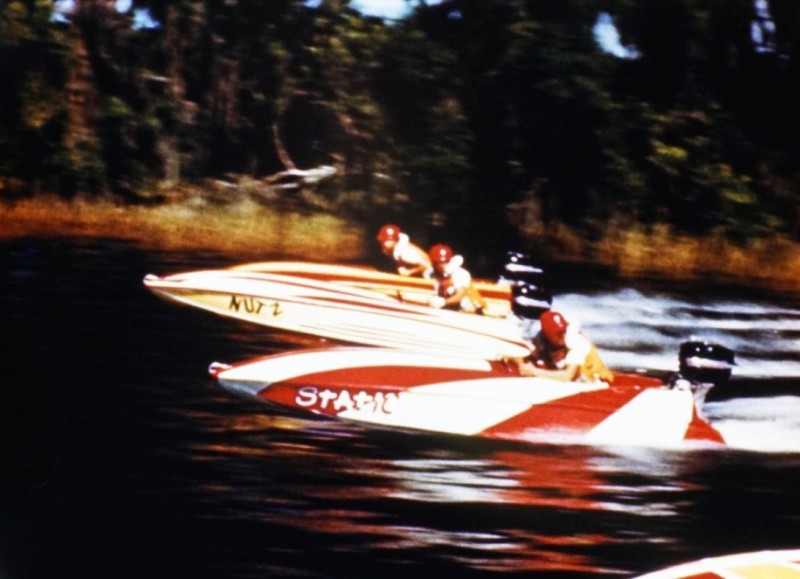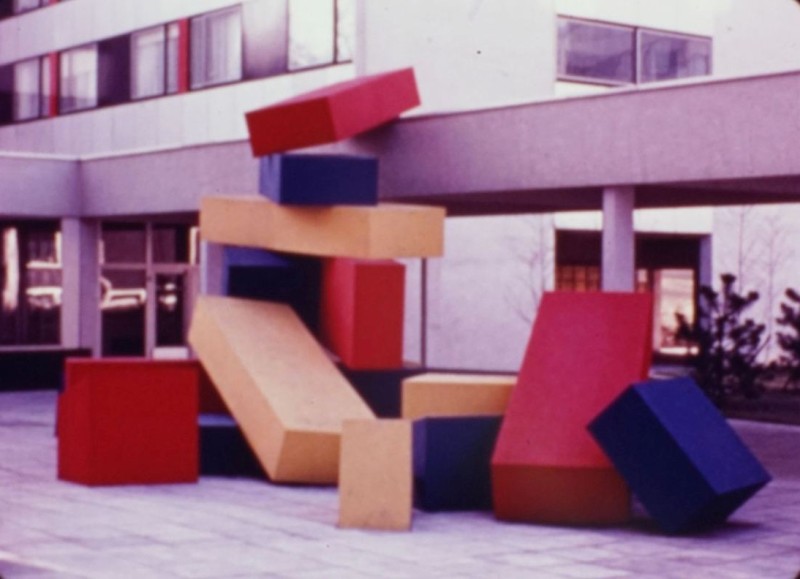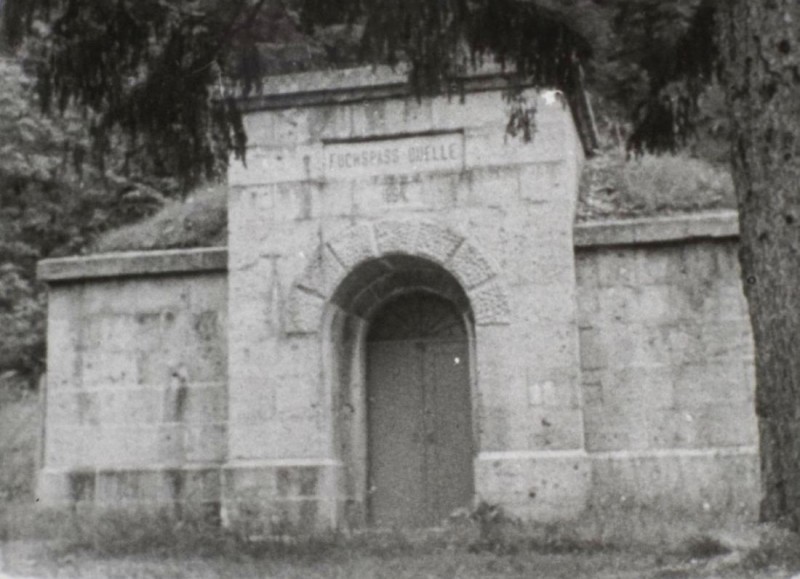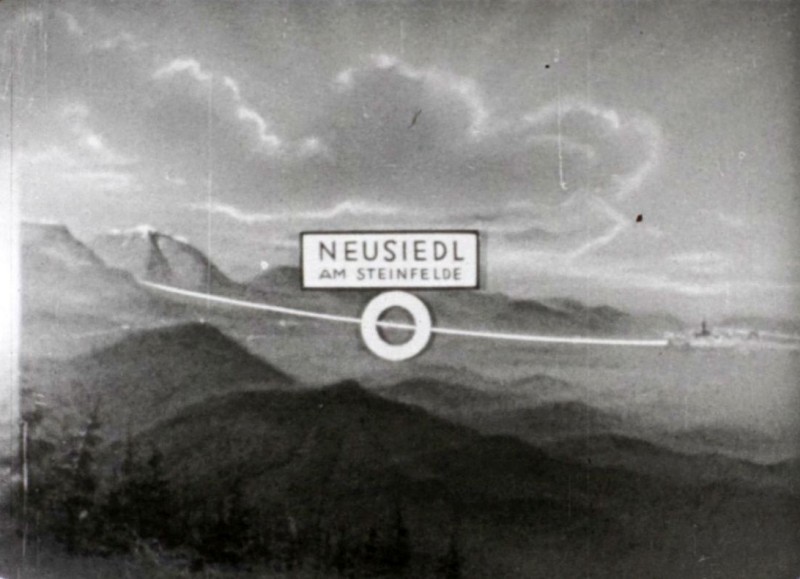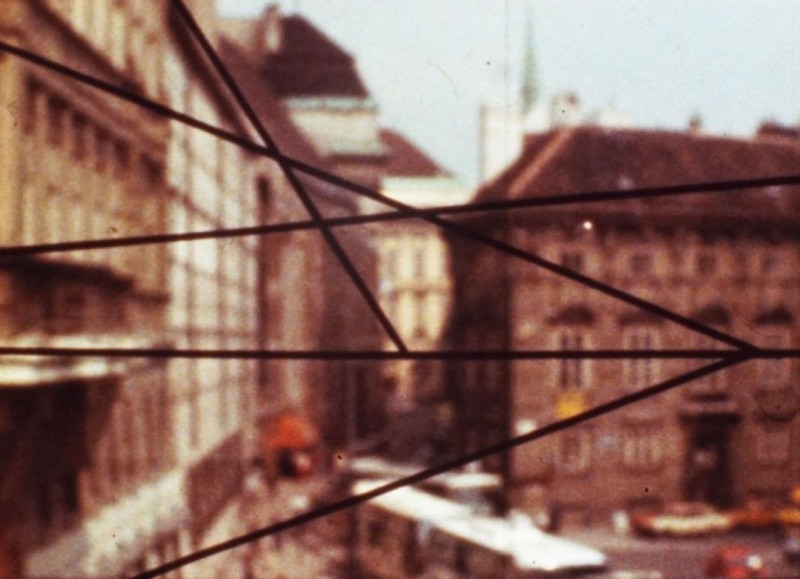Deposit
Vienna University of Technology
In 2017 the Austrian Film Museum acquired a vastly diverse deposit from the Vienna University of Technology, also known as TU Wien. Since 1976, when an archive was established at the TU Wien, a number of film collections arrived to the archive and ended up being stored there. In particular, the Institute of Art and Design, the Institute of Building Theory and Design, the Institute of Chemical Technologies and Analytics, the Institute of Internal Combustion Engines and Automotive Engineering, and the Institute of Fundamentals and Theory in Electrical Engineering commissioned films, purchased them, and handed them over to the archive when they were no longer needed for teaching and research.Above all, the focus was on films that covered specific subject areas or issues of relevance to the teaching. Examples include films produced by the Shell Film Unit, such as Mille Miglia. A Shell Film (1953), Le mans. A Shell Film (1952), The Dutch Tourist Trophy (1954), The Heroic Days of Motor Racing Part 1 from the Shell History of Motor Racing (1972), Belgian Grand Prix. A Shell Film (1955) and 21st Monte Carlo Car Rally. A Shell Film (1951). These films show races from 1951 until 1955.
Combustion engines in motorboats were of equal interest, as two films financed by Mercury Outdoor Motors show: The River Beyond (1951) and Green Blazes (ca. 1954) both show stories centering on motorboat races.
The interest in engines goes hand in hand with military power. For example, in the film Life-Line of a Nation from 1945 the railroad is praised as the most important and efficient form of transport for military purposes in the USA during the Second World War. Additionally, the collection includes educational films on shooting training from the 1940s and a film depicting important ferry ports in England, used for strategic military planning, both from the educational film distribution center in the Military District XVII in Nazi-era Vienna.
However, the collection also features classic educational films, such as two productions sponsored by the International Nickel Company which deal with the process of corrosion and the mines of the Nickel Company in Canada. Their German branch produced the film Austenitic Cast Iron Materials (1966). Further topics are loading coils, alternating current arc extinction, the construction of the water tank in Neusiedl am Steinfeld, and the production of floating screed.
One of the more elaborate in-house projects was produced in collaboration with the MA 18 (Municipal Department for Urban Development and Planning) in Vienna and the Austrian Center for Architectural Research under the direction of Karl Schwanzer: Arbeitsfilm zum städtebaulichen und baukünstlerischen Gutachten (1970). The film compares social housing in Vienna, with examples like the so-called development axis Meidling-Siebenhirten, Alt-Erlaa, Wiener Flur, am Schöpfwerk Süd, and Lindenhof with social housing projects in London and Berlin. Several unfinished film projects held in the collection were produced under the direction of Karl Schwanzer, such as the recordings of his building project "BMW Vierzylinder" in Munich, of the WiFi in St. Pölten, the Schwanzer House in Vienna, and the Siemens building in Vienna.
In Roland Goeschl's time as head of the Institute of Art and Design, a film was produced during a field trip of one of his classes to Venice in 1984 in order to study color on buildings. In another educational film from 1987, architectural representation in watercolor is explained using buildings such as the Palmenhaus, Otto Wagner's House, Schönbrunn Palace or the Augustinian Church in Vienna. Both films were directed by Wilhelm Gaube. (Vanessa Scharrer)

